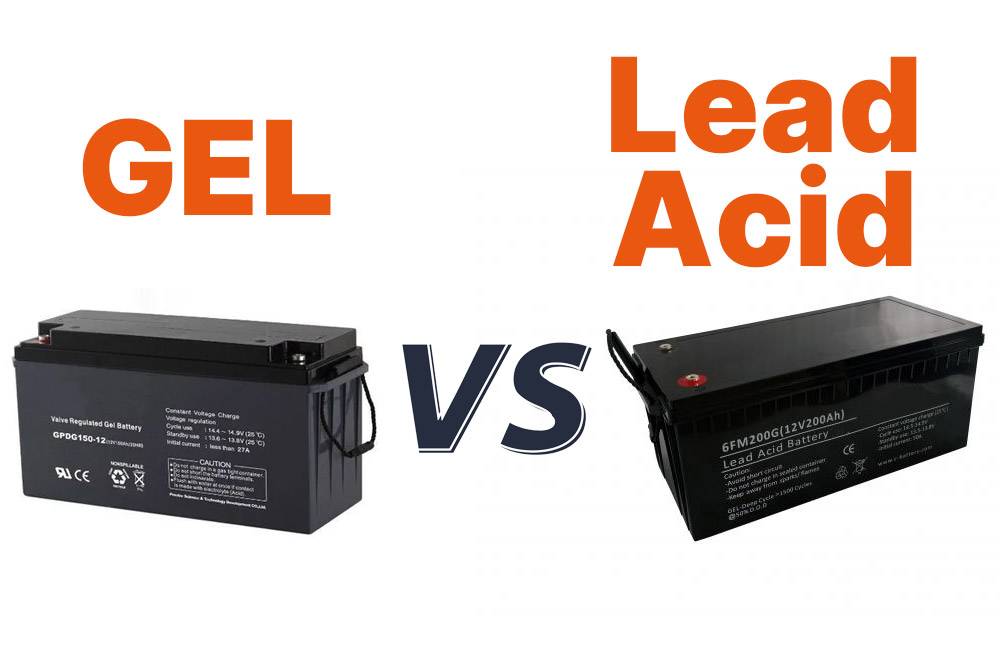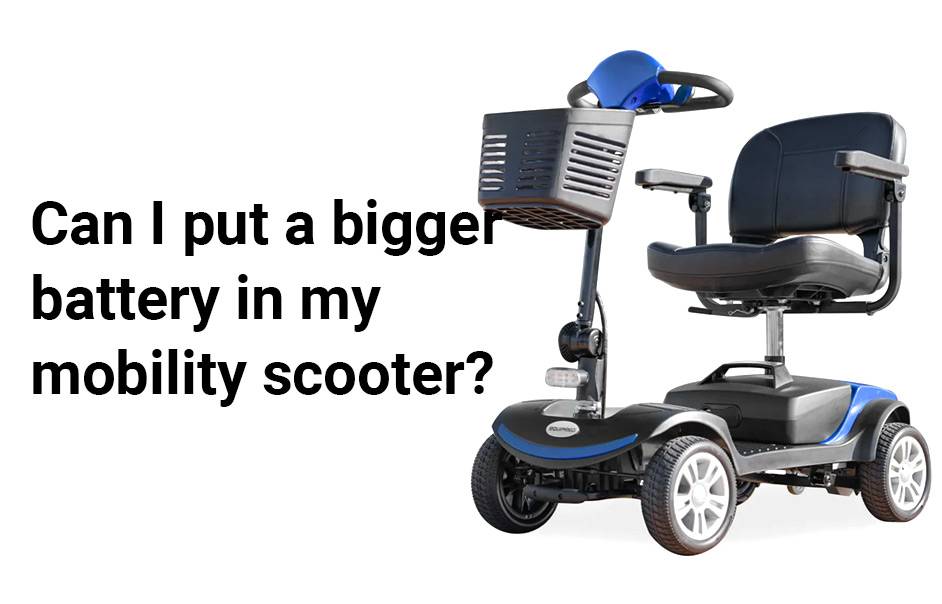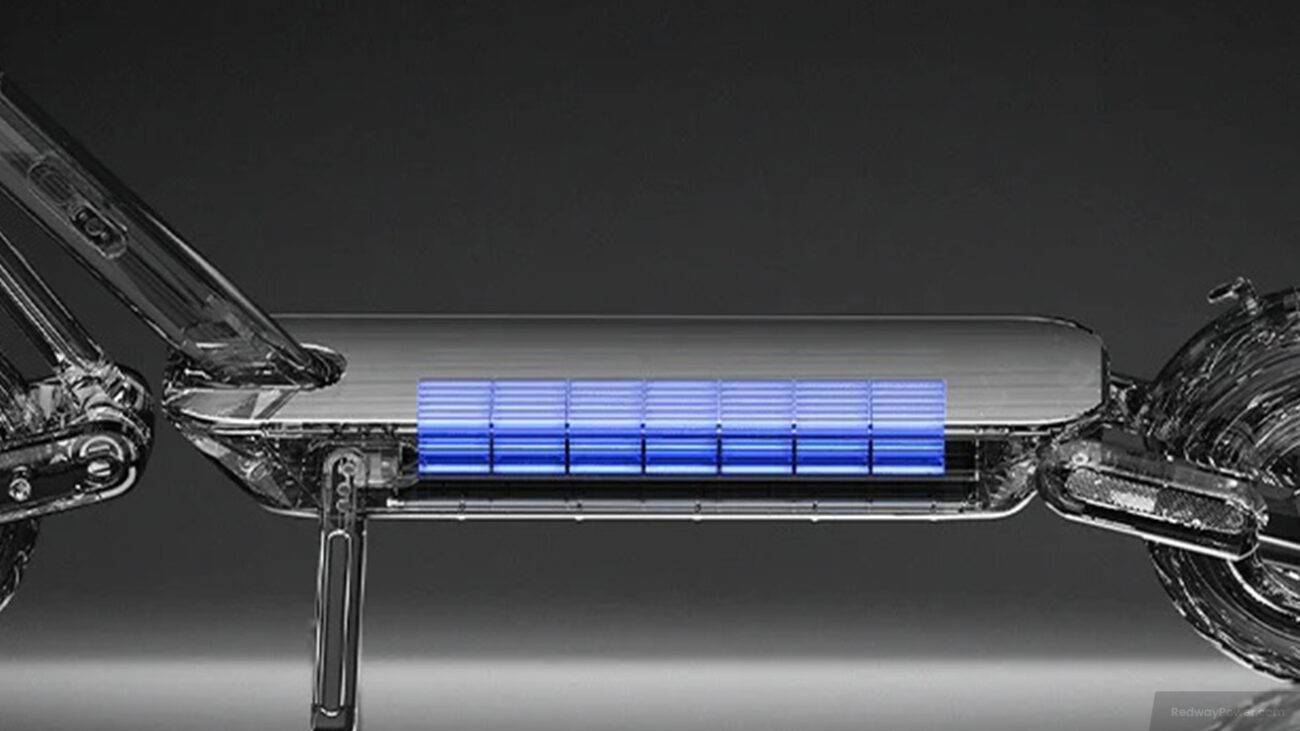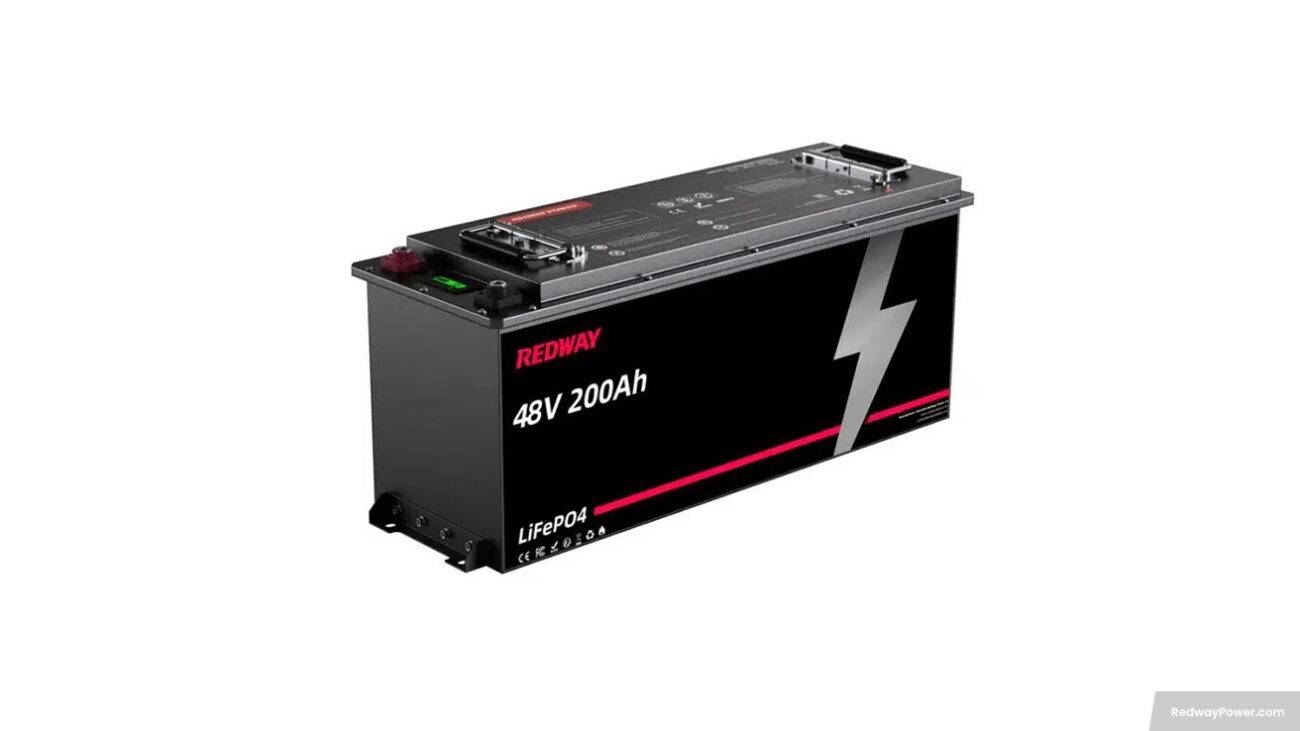Are you looking to enhance your mobility scooter’s performance? Consider upgrading to a lithium battery for longer rides and faster speeds. In this blog post, we’ll explore whether you can replace your lead acid battery with a lithium one, diving into the electrifying world of battery technology. Get ready to unlock the full potential of your mobility scooter! Let’s begin!
Advantages and Disadvantages of Lead Acid Batteries
Lead acid batteries are commonly used in mobility scooters due to their affordability and reliability. However, they come with both advantages and disadvantages that need to be considered.
Advantages of Lead Acid Batteries:
- Cost-effective: Lead acid batteries are inexpensive compared to other battery types, making them suitable for budget-conscious users.
- High power output: These batteries provide sufficient power for efficient operation of mobility scooters, ensuring reliable performance.
- Longer lifespan with maintenance: When properly maintained, lead acid batteries can last a considerable amount of time, offering durability and reliability.
Disadvantages of Lead Acid Batteries:
- Heavyweight: Lead acid batteries are bulky and heavy, which can affect the mobility and maneuverability of scooters, particularly for users with limited strength.
- Regular maintenance required: They need regular maintenance, including topping up water levels and cleaning terminals, which can be inconvenient for some users.
- Shorter overall lifespan: Compared to lithium batteries, lead acid batteries have a shorter lifespan, requiring more frequent replacements over time, which can increase long-term costs.
Advantages and Disadvantages of Lithium Batteries
Lithium batteries are becoming increasingly popular for mobility scooters due to their lightweight nature and long lifespan. However, they also come with their own set of advantages and disadvantages.
Advantages of Lithium Batteries:
- Lightweight: Lithium batteries are much lighter than lead acid batteries, enhancing the mobility and maneuverability of scooters, especially for users with limited strength.
- Long lifespan: These batteries typically outlast lead acid batteries, reducing the need for frequent replacements and providing users with greater convenience.
- High energy density: Lithium batteries can store more power in a smaller space, allowing for longer travel distances without adding extra bulk to the scooter.
Disadvantages of Lithium Batteries:
- Initial cost: Lithium batteries tend to have a higher upfront cost compared to lead acid batteries, which may deter some users despite their long-term benefits.
- Evolving technology: While lithium battery technology is improving, early adopters may encounter compatibility issues or teething problems with older scooter models.
Overall, the performance and efficiency of lithium batteries make them an appealing choice for mobility scooter users seeking durability and improved performance.
Comparing the Performance of Lead Acid and Lithium Batteries in Mobility Scooters
In the realm of mobility scooters, the battery is a vital component, traditionally powered by lead acid batteries for their reliability and affordability. However, lithium batteries have emerged as a compelling alternative, boasting advantages in performance and longevity.
Advantages of Lithium Batteries:
- Enhanced Performance: Lithium batteries offer higher energy density, providing increased range and better acceleration for mobility scooter users due to their ability to store more power in a lighter package.
- Longer Lifespan: With the capability to endure hundreds of charge cycles without significant performance degradation, lithium batteries outlast lead acid counterparts, reducing the need for frequent replacements.
- Faster Charging: Lithium batteries feature shorter charging times compared to lead acid options, allowing users to spend less time waiting and more time enjoying their mobility scooter.
Considerations Before Switching:
- Cost: While lithium batteries may offer superior performance, they often come with a higher upfront cost compared to traditional lead-acid options, requiring careful budget consideration.
- Compatibility: Investigating compatibility with your current mobility scooter system is essential, as not all models may seamlessly support integration with lithium batteries.
Ultimately, the decision to replace your lead-acid battery with a lithium one hinges on various factors, including budget constraints, system compatibility, and personal preferences. It’s crucial to assess these considerations thoroughly before making a final decision.
Factors to Consider Before Making the Switch
Before switching from a lead acid battery to a lithium one for your mobility scooter, there are key factors to consider for a well-informed decision. Let’s delve into these factors:
- Cost: Evaluate the upfront investment versus long-term benefits of lithium batteries, considering their higher initial cost but longer lifespan and improved performance.
- Compatibility: Check if your mobility scooter is equipped to support lithium batteries, ensuring compatibility with wiring and charging infrastructure before proceeding.
- Weight: Consider the lighter weight of lithium batteries, which can enhance maneuverability and transportation convenience for your mobility scooter.
- Usage Patterns: Assess your typical usage frequency and travel distances to determine if the extended range of lithium batteries aligns with your needs.
- Safety: Familiarize yourself with safety precautions associated with both battery types to ensure a smooth transition without compromising safety.
Steps to Replacing a Lead Acid Battery with a Lithium Battery in a Mobility Scooter
Replacing a lead acid battery with a lithium one in your mobility scooter offers various benefits, but it’s crucial to consider factors like cost and compatibility. Here’s a simplified guide to help you through the process:
- Research lithium battery options designed for mobility scooters, focusing on reliability and performance.
- Check compatibility with your scooter model, ensuring the lithium battery meets voltage requirements and fits securely.
- Remove the old battery following manufacturer instructions and prepare space for the new lithium battery.
- Install the new battery securely, making sure all connections are tight and following safety guidelines.
- Test the battery’s performance by fully charging it and taking short test rides to ensure proper functioning.
- Dispose of the old battery responsibly at a recycling facility, following local regulations for hazardous waste.
By following these steps, you can smoothly transition to a more efficient lithium battery for your mobility scooter, enjoying enhanced performance and contributing to environmental sustainability. Always refer to manufacturer guidelines for safety and installation procedures.











